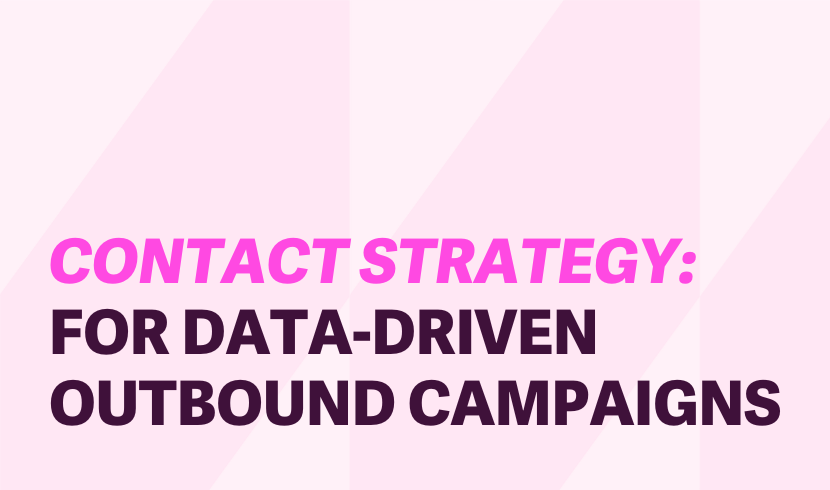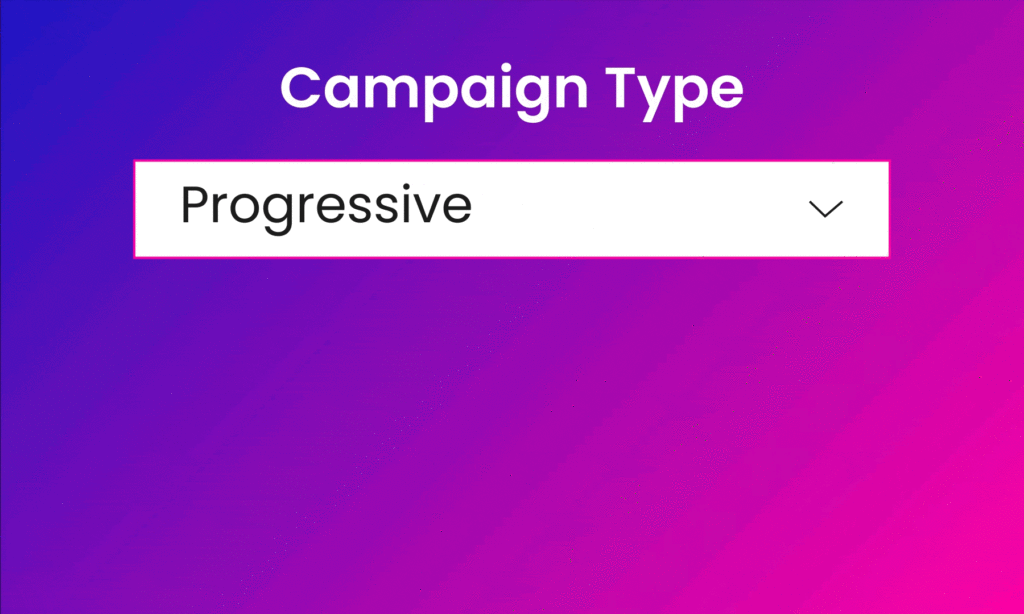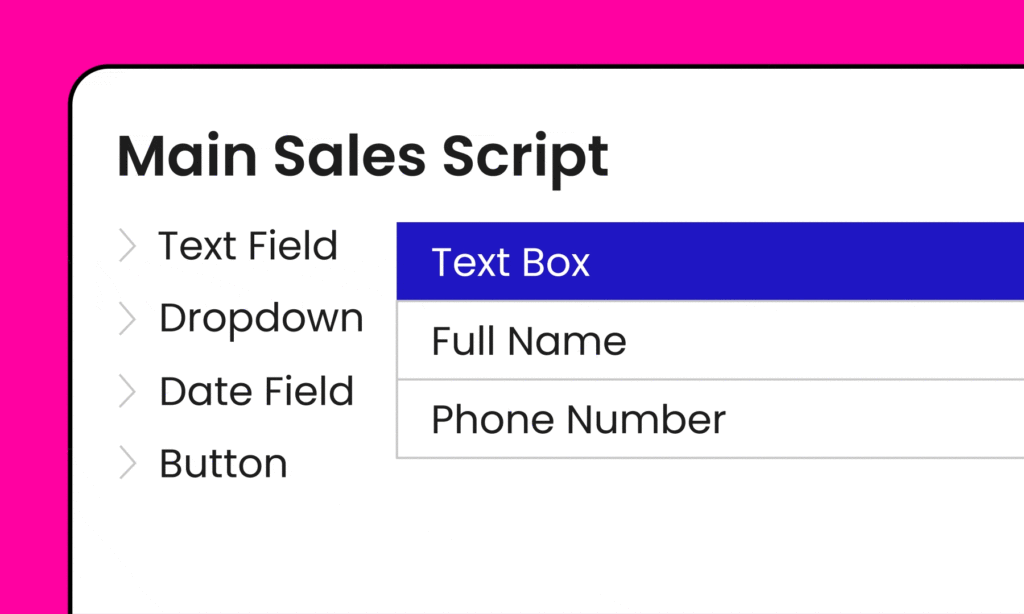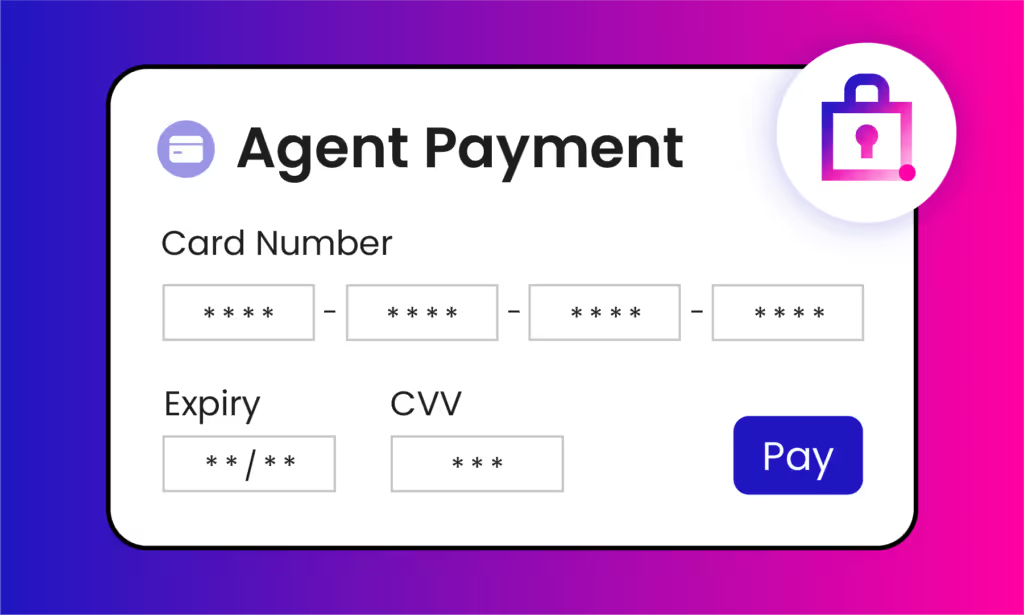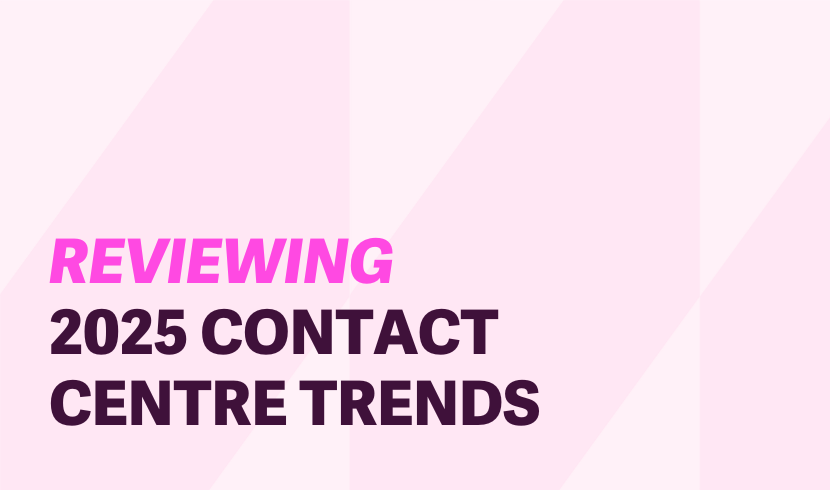Today’s customers are harder to reach, less tolerant of poor customer experience, and much more selective about when and how they engage. Our Voice of the UK Consumer report highlights the challenge:
- 63% are more likely to respond to outbound contact when it’s sent through their preferred channel.
- 58% are more receptive when the message is personally relevant, like renewals, billing or appointments.
- 52% say they’re more likely to answer a call if they’ve received an email or SMS first.
- 76% expect personalised outbound communication, not broad scripts.
[Source: Voice of the UK Consumer Report]
So how do you increase the chances of your calls being answered, messages being acted on, and customers responding positively?
Start with two foundations:
- A data-driven outbound strategy built on real behavioural insight rather than assumptions.
- Technology and automation that free agents to focus on the conversations where human interaction matters most.
Without these foundations, outbound teams risk dialling blind. With them, you can target strategically, stay compliant, reduce costs, and deliver better outcomes for both customers and agents.
What is a contact strategy?
A contact strategy, or in this case, an outbound contact strategy, is a structured plan for how a contact centre engages with customers. It sets rules for who to contact, when, how often, which channel to use, and what message to deliver.
It should also set KPIs (like contact rate, right-party contact (RPC), conversion and cost-per-contact) that you’ll use to measure success. The better the plan, the more people your agents will speak to, and the more positive those interactions will be.
How to create an effective contact strategy
Define outcomes & set KPIs
Before you get into outbound channels, dialler modes, or scripts, start with the “why”. What’s the outcome you want to achieve, and how will you measure it? Pick 3-4 KPIs for a period of time, set a baseline, and track against your targets.
Here are some example KPIs:
- Sales contact centre: Contact rate, Right-party contact (RPC), Conversion, CSAT
- Debt collection: RPC, Promise-to-pay (PTP) rate, Complaints rate
Without defining your KPIs and taking this step, you won’t be able to benchmark or improve your contact strategy in the future.
For definitions and formulas, see our complete guide to call centre reporting metrics
Build your data foundation
A data-driven outbound strategy is only as good as the information behind it. Before you refine channels or scripts, make sure you’ve got the basic data covered:
- Who the customer is (ID, segment, account details)
- How to reach them (phone, email, SMS, consent/preferences)
- What happened last time (outcome and notes)
- When you last tried (to avoid over-contacting)
- Key dates or flags (renewals, appointments, balances)
With these foundations in place, technology can take over and save you time. MaxContact’s Contact Prioritisation feature ensures outbound agents see the best-fit records first, so no time is wasted chasing the wrong people. Contact Prioritisations allows contacts to be segmented and prioritised based on specific rules.
Here are what Contact Prioritisation rules might look like in action:
Sales: Follow up on prospects not contacted within 72 hours
Debt collection: Prioritise accounts with balances overdue by 30+ days, or, those with the highest amount of debt owed.
Utilities: Send renewal reminders before contracts expire
Put your contact centre software to work
Your goals are set. Your data foundations are in place. Your campaign is ready to run. With an effective omnichannel contact centre platform in place, you can optimise your entire contact workflow. Aside from reporting results, features that come as part of many contact centre software remove long-winded admin, automate certain tasks, and support agents so they can focus on conversations that matter most.
Here’s a list of key contact centre software features that optimise your contact strategy and enhance customer experience:
Capability: Integrations & data
How it improves outbound contact strategy: Connect CRM and billing so agents see a complete customer view
CX impact: Faster resolutions, no need to repeat information
Capability: Consent & preferences
How it improves outbound contact strategy: Apply GDPR/DNC rules and contact caps automatically
CX impact: Fewer complaints, fully compliant outreach
Capability: Targeting (contact prioritisation)
How it improves outbound contact strategy: Filter records so agents only see contacts that match campaign rules
CX impact: Higher hit rates, no wasted effort
Capability: Omnichannel routing & outbound dialling
How it improves outbound contact strategy: Use diallers, skills-based routing, callbacks, and virtual hold
CX impact: Customers speak to the right person first time, less waiting
Capability: IVR, AI agents & self-serve
How it improves outbound contact strategy: Contain simple queries like payments or balance checks
CX impact: Quicker answers for customers, more time for agents to handle complex cases
Capability: Agent assist & knowledge
How it improves outbound contact strategy: Provide prompts, scripts, and guided workflows
CX impact: Consistent, confident conversations, even with new agents
Capability: QA & analytics
How it improves outbound contact strategy: Quality check interactions with speech analytics and flag coaching needs
CX impact: Continuous improvement, fewer service issues
Capability: Dashboards & alerts
How it improves outbound contact strategy: Monitor KPIs in real time and adapt to demand
CX impact: Smooth service levels, fewer abandoned calls
Choose the right channel, timing & cadence
For outbound campaigns, channel, timing and cadence have a direct impact on hit rates and contact success. With KPIs set and data connected, the evidence will tell you who to contact, how to contact them, and when.
Channel
Look at recent behaviour. Do they open emails, reply to SMS, or pick up calls? Use phone for urgent or complex issues, email or SMS for reminders and renewals, and self-serve/IVR for simple tasks. Make sure you always provide an easy handoff to an agent if needed.
Timing
Forget the old rules about “after 6pm” landline calls. Flexible working has changed patterns completely. Use CRM data to book calls when the customer typically answers. If queues are long, offer virtual hold or a callback rather than leaving people waiting.
Cadence
Set simple caps, for example, no more than two calls a day, five a week. Pause outreach after clear outcomes (“promise-to-pay agreed” or “not interested”). And always honour consent and channel preferences.
When agents have context from previous interactions, they can also personalise outreach, for example, referencing a prior purchase or payment arrangement. These details make conversations more relevant and more likely to succeed.
Top Tip: Technique matters too! Avoid the biggest call handling mistakes that damage CX that undo good targeting.
How to optimise your contact centre through data-driven strategy
Outbound contact centre optimisation can reduce costs, but it’s also about creating smoother, more positive experiences for both customers and agents. And a data-driven customer contact strategy helps you to strike that balance.
By setting clear KPIs, you can measure what’s working and what needs to improve, whether that’s contact rates, first-call resolution, or customer satisfaction scores. Layer in automation and omnichannel tools, and you reduce wasted effort while making it easier for customers to get the help they need, when and how they want it.
For example, outbound skills-based routing matches the right agent to the prospective customer, while self-service options handle simple tasks without adding to queue times. Real-time dashboards and analytics give managers the insight they need to fine-tune performance on the fly.
Done well, contact centre optimisation improves customer experience and operational efficiency at the same time, giving your business a competitive edge.
Is reducing contact centre cost a priority for you? Read our guide on 7 ways to reduce costs in your contact centre without sacrificing quality.
Why your contact strategy has to flex
One thing that came through strongly in our recent Contact Strategy Webinar is this: there’s no such thing as a universal “best practice” strategy. Customers expect you to flex around their preferences, their comfort with AI, and the complexity of their issue.
A few standout insights from our Voice of the UK Consumer Report:
- 80% of customers expect brands to understand their needs and expectations.
- The AI acceptance gap is a real challenge: 65% of 25–33-year-olds are comfortable with AI interactions, compared to just 27% of over-55s. In fact, 52% of over-55s are actively uncomfortable.
- When things get complex, sensitive or financial, people want human interaction, and 60% prefer speaking to an agent in those scenarios.
- Customers are most accepting of outbound contact when it relates to billing, payments or account updates, and they often prefer an email first, then a call or SMS follow-up.
- 76% expect personalisation. That means data-driven targeting, not just broad scripts.
And the impact isn’t theoretical. One client moved from manual Salesforce dialling to MaxContact’s skills-based routing and data prioritisation. Their conversion rate doubled from 4% to 8%, simply by ensuring the right lead reached the right agent, at the right time.
Tailoring your contact strategy to the use case
These insights underline why your contact strategy can’t be one-size-fits-all. The right approach depends not only on the customer but also on your business context. Sales teams and collections teams, for instance, work with very different goals, sensitivities and success metrics.
Top tips for sales contact strategies
- Focus on speed to lead: research shows that contacting a new prospect within five minutes can achieve conversion rates of up to 70%. Wait an hour, and it can drop to 20%.
- Use demographic and geographic filters to maximise ROI, such as prioritising leads in certain postcodes or life stages.
- Omnichannel flexibility is key. Some prospects will respond to SMS, others prefer email or a WhatsApp nudge.
- Skills-based routing helps by ensuring high-value or “hot” leads are automatically directed to your top-performing agents.
Top tips for debt collection contact strategies
- Sensitivity is critical. Customers in arrears often prefer a human agent when discussing finances, rather than automated channels.
- Prioritisation rules might focus on balance size, number of missed payments, or active repayment plans, ensuring agents spend their time where they can have the most impact.
- Timing matters too. Contacting just after a payday, for example, can increase recovery rates.
- Personalisation builds trust: referencing past conversations or agreements makes the customer feel understood rather than pursued.
For a deeper dive, check out our webinar on Creating and Executing the Best Contact Strategies for Easier Debt Resolution: Watch now
Successful contact strategies start with the right platform
The best contact strategies don’t happen by chance. They’re built on data, technology, and a clear understanding of your customers, and they adapt to fit different scenarios, from fast-moving sales campaigns to sensitive debt resolution.
With the right foundation, you can:
- Increase your hit rate by targeting the right people at the right time.
- Reduce wasted effort through automation and filtering.
- Protect compliance while respecting customer preferences.
- Empower agents with the tools and context to turn conversations into outcomes.
That’s exactly what MaxContact’s platform is designed to do. From contact prioritisation to skills-based routing, omnichannel contact, and real-time analytics, it gives you everything you need to design, execute, and continually improve a winning contact strategy.
Are you ready to put your contact strategy into action and see how MaxContact can help you boost results? Request a demo of our contact centre software platform.
